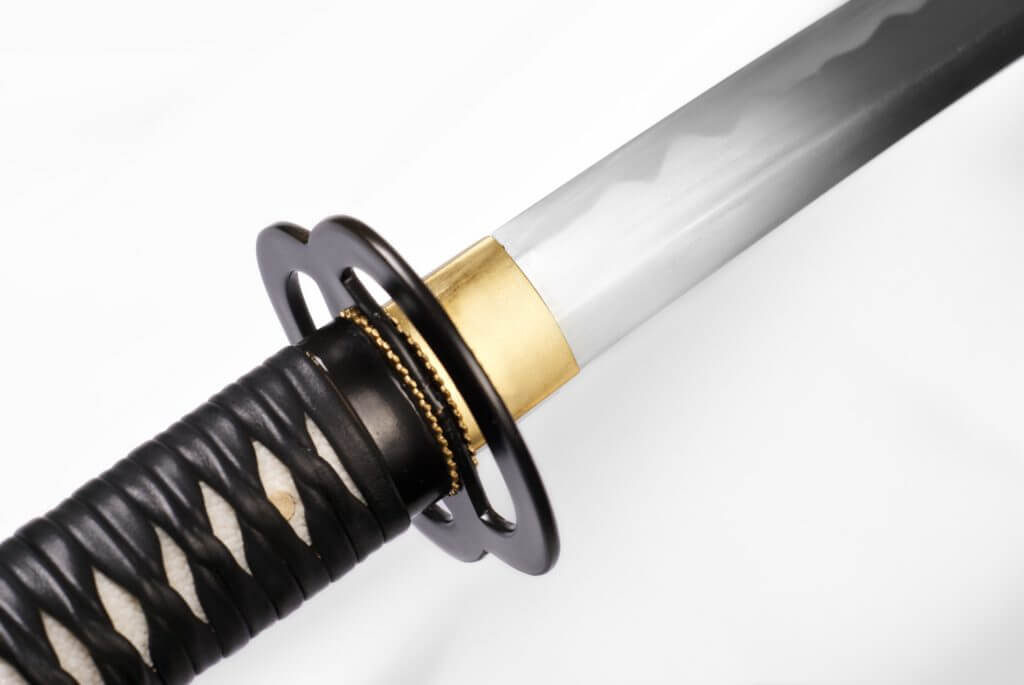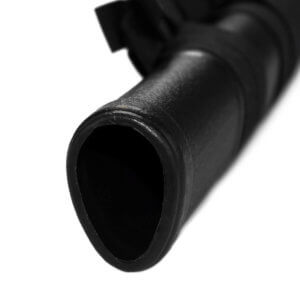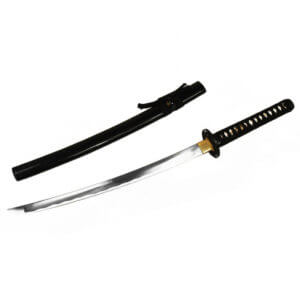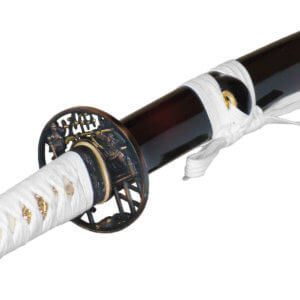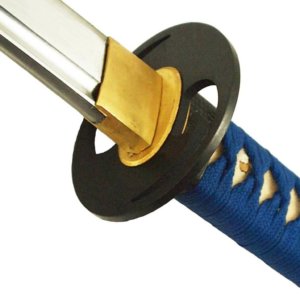The quality of the steel is one of the most important criteria for a sword.
Depending on which blade steel is used, the properties, the possible uses and, above all, the price change.
Video about blade steel:
An overview of frequently used blade steel grades:
Tamahagane
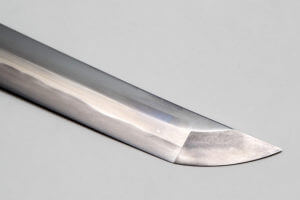
Tamahagane is the classic Japanese metal from which high-quality samurai swords have been produced for hundreds of years. It has a high carbon content and is low in undesirable components such as sulphur and phosphorus.
Tamahagane was used to make all historically relevant samurai swords, such as the Honjo Masamune or the most expensive samurai sword ever auctioned. This material played an important role in the historical development of the samurai sword a major role.
Tamahagane is one of the highest quality steel grades in sword processing, but also one of the most expensive.
It is relatively expensive to produce/acquire, and the final price of swords made from this material is correspondingly high.
For some time now, cheaply produced swords from Tamahagane have also been appearing on the market. The quality of these swords cannot be compared with "real" swords from Tamahagane. More on this in the separate article on Tamahagane.
Damascus steel
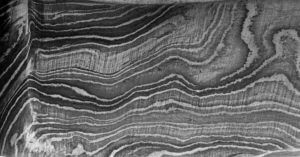
Damascus steel (often also called Damascus steel) is a combination of steel with different components to form a workpiece. In the past (many hundreds of years ago), when steel was extracted differently than it is today, this method of steel bonding made it possible to produce swords and knives with better properties than was possible with other methods.
There is no standard for this type of steel, which is why there are unfortunately many swords made of inferior material in this segment today.
Damascus steel has a very characteristic, eye-catching pattern and is therefore still popular today. We have given this steel a own contribution dedicated.
Steel according to industrial standards
The use of steel in accordance with industrial standards has certain advantages. It is relatively cheap and has a consistent quality. This is why swords are often made from standardised steel, e.g. from:
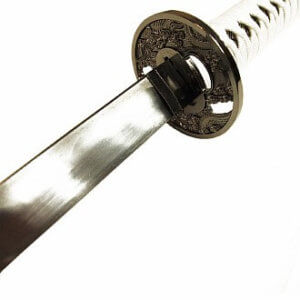
"Stainless steel"
Stainless steel is particularly suitable for the manufacture of durable decorative swords. This is explained in more detail in this Article about stainless steel.
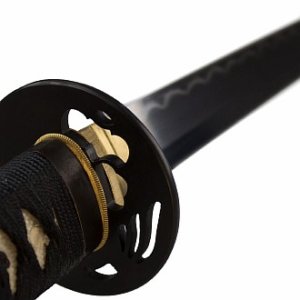
Carbon steel
Often also referred to as carbon steel, for example. This is the name for a low-alloy steel grade that contains hardly any alloying elements other than carbon. It is widely used in the manufacture of swords, especially swords for active use.
In our article about industrial steel this type of steel is examined in more detail.
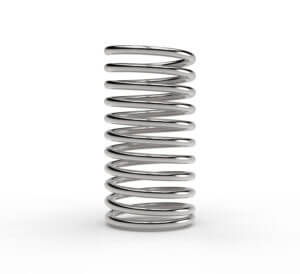
Spring steel
Spring steel is an umbrella term for several types of steel that have similar properties. This steel is actually used for the production of springs. However, it is also well suited for the production of swords.
In our article about industrial steel for further information.
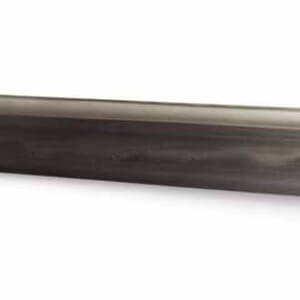
T-10 steel
T10 steel is very similar to 1095 carbon steel. They differ mainly in origin and heat treatment, but have equivalent properties. In our article about industrial steel this type of steel is examined in more detail.
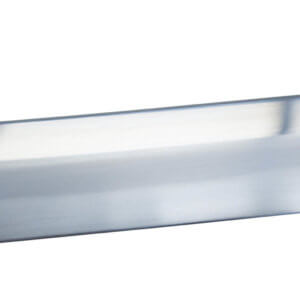
L-6 steel
L-6 (or L-6 Bainite) is one of the best modern steel grades for the production of swords for practical use. However, only a few swords with blades made from this material are available! The heat treatment of the material is much more complex than with carbon steel and can hardly be mastered by any swordsmith in the world with a satisfactory result. We therefore only recommend blades from Howard Clark and MAS (Martial Art Swords). You can find more interesting information about L6 here.
You can find the matching swords in our Shop.
Most of the steel grades on the list are not stainless, which is why we also recommend that you read the article on Centreboard care.
For further information on modern steel, we recommend our articles on Industrial steel and Steel grades according to standard in comparison.

